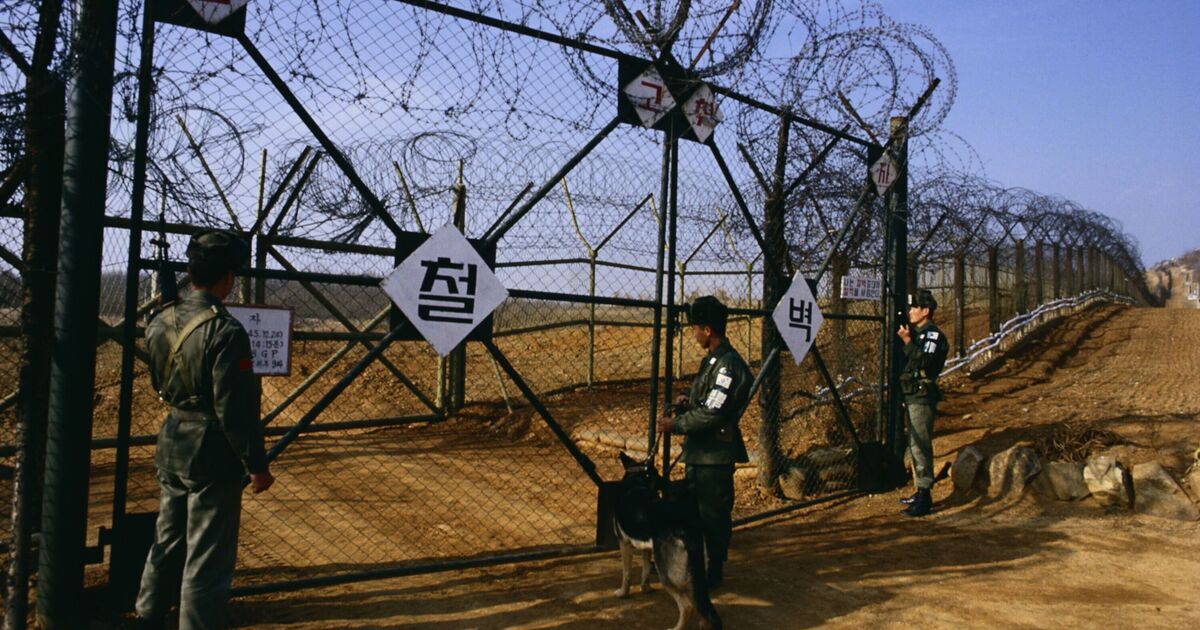North Korea has sparked fresh nuclear fears after reportedly building a secret military base near the Chinese border, which could house long-range ballistic missiles. The “undeclared” missile operating base lies around 17 miles from the Russia-China border, according to a Washington-based think tank, and has the capacity to hold six to nine nuclear-capable intercontinental ballistic missiles (ICBMs). A report from the Centre for Strategic and International Studies (CSIS) said the facility, in the North Pyeongan province, “poses a potential nuclear threat to East Asia and the continental United States”.
North Korean leader Kim Jong-un has dismissed opportunities to restart diplomacy with both the US and China since attempts to defuse the country’s nuclear programme collapsed after an unsuccessful summit with Donald Trump in 2019. Kim recently called for the “rapid expansion” of the nation’s nuclear capability, with the new report shedding light on “15-20 ballistic missile bases, maintenance, support, missile storage, and warhead storage facilities which North Korea has never declared”.
The report claims that the base near the Chinese frontier, and other undeclared sites, were “not known to be the subject of any denuclearisation negotiations previously conducted between the United States and North Korea”.
They represent “the primary components of what is presumed to be North Korea’s evolving ballistic missile strategy”, the think tank said, “and its expanding strategic-level nuclear deterrence and strike capabilities”.
Despite its isolationist position on the world stage, North Korea has been increasingly tightening its ties to Vladimir Putin’s Russian regime.
Kim has sent an estimated 15,000 troops to support Russia in its war against Ukraine since autumn, and to have supplied large quantities of military equipment, including artillery and ballistic missiles.
Concerns that tensions could escalate to a direct confrontation were amplified by the North Korean leader’s suggestion that joint US-South Korea military drills were an “obvious expression of their will to provoke war” this week.
The allies kicked off joint drills on Monday, including testing responses to heightened North Korean nuclear threats. Kim told state media KCNA on the same day that the exercises were a “clear expression of … their intention to remain hostile and confrontational” to the nation.
He also cited the security risk as the reason behind North Korea’s haste to “rapidly expand” its nuclear programme.
While a report by the Federation of American Scientists concluded last year that Kim could have produced enough fissile material to build up to 90 nuclear warheads, they concluded that the number was more likely to be around 50.

